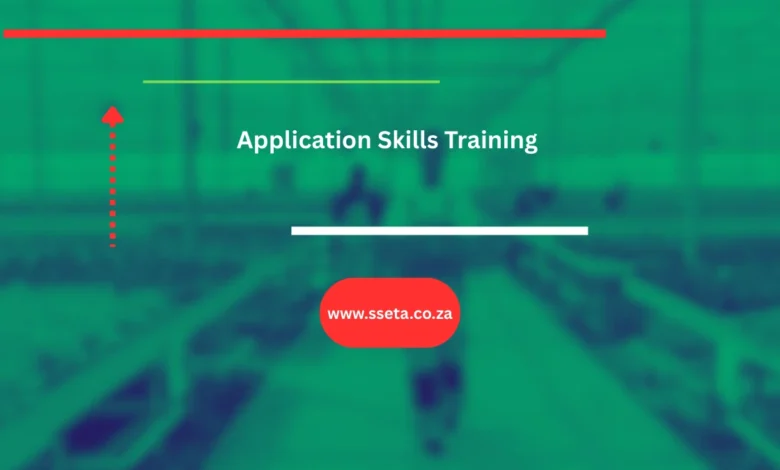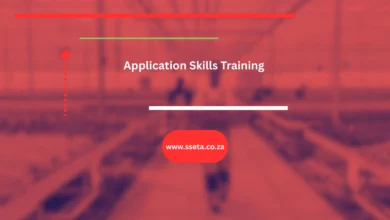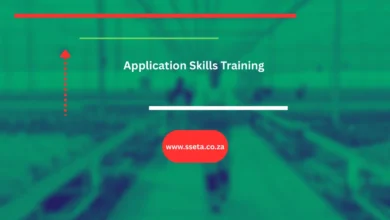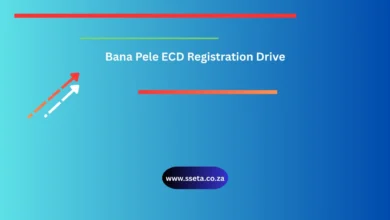Your Complete Guide to the SSETA Learnership Intake 2026: Skills, Growth, and Opportunity

What is SSETA Intake? Your Comprehensive Guide for 2024 Applications
South Africa buzzes with potential, yet many struggle to find their footing in the job market. This is where Sector Education and Training Authorities (SETAs) step in. A SETA, like the Services SETA or Wholesale and Retail SETA, focuses on growing specific skills within key economic sectors. Their intake process is a big deal, connecting learners with valuable training and helping businesses find skilled staff.
Getting involved with SETA-backed training or learnerships can change your future. Imagine boosting your chances of getting hired, moving up in your chosen career, or even helping your whole industry grow stronger. These programs open doors to real-world experience and formal qualifications, making you more valuable in today’s job world.
Understanding the SSETA Landscape
What is an SSETA?
SETAs are a cornerstone of South Africa’s skills development plan. Set up by the Skills Development Act, they work to make sure our workforce has the right talents. Their main job is to find what skills are missing in certain industries and then create training programs to fill those gaps. This effort supports the National Skills Development Strategy, aiming for a more skilled and employed nation.
Each SETA has a sharp focus on its own industry. For example, the Finance and Accounting Services SETA (FASSET) looks after finance, accounting, and consulting skills. The Manufacturing, Engineering and Related Services SETA (MERSETA) helps people in factories and engineering firms. This way, the training always matches what each specific industry truly needs.
The Importance of SSETA Intake
SSETA intake programs are key to solving South Africa’s skills puzzle. They zero in on critical shortages in various sectors, making sure that future workers gain the exact skills employers are searching for. For instance, if the tech industry needs more software developers, the relevant SETA will launch programs to train them.
For you, as a learner, these programs bring big wins. You get hands-on experience, earn official qualifications, and often find job placements once you finish. It’s a clear path from learning to working. Businesses also gain a lot. They can develop their workforce with government support, and taking part helps them meet Broad-Based Black Economic Empowerment (BBBEE) requirements.
The SSETA Application Process: A Step-by-Step Guide
Identifying the Right SSETA for You
Choosing the correct SETA is your first smart move.
Think about your dream job or what industry you’re already in.
Eligibility Criteria and Requirements
What do you need to join an SSETA program? For learners, common rules include age limits, usually being between 18 and 35. You’ll also need a certain level of schooling, like a matric certificate, and proof you live in South Africa. Each program might have its own extra requirements, so check carefully.
Employers wanting to take part have their own checklist. They must be registered businesses and ready to offer a real workplace for learners. Showing a commitment to training and helping young people is also super important.
Application Submission and Selection
Getting your application ready means gathering a few key items. You’ll typically need an updated CV, a certified copy of your ID, and any qualification certificates you have. A strong motivational letter, explaining why you want to join and what you hope to achieve, can also make a huge difference.
After you send in your application, a selection process kicks off. This usually involves shortlisting the best candidates. Then, you might face interviews or skills assessments to see if you are a good fit. Be ready to show off your enthusiasm and eagerness to learn.
Who Should Apply for SSETA Intake?
Aspiring Learners and Students
Are you just starting out? SSETA intake is perfect for recent graduates looking to enter the job market with new qualifications. These programs can give you the vital first step you need to land a job.
Unemployed individuals can also find a real chance here. SSETA programs offer a direct route to employment, equipping you with marketable skills. Perhaps you’re thinking of a big change? Career changers can use SSETA learnerships to move into a completely new sector, learning on the job while gaining a qualification.
Employed Individuals Seeking Development
Even if you have a job, SSETA programs can help you do more. Current employees can use these programs for upskilling, learning new abilities, or reskilling to update what they already know. This keeps you competitive and valuable in a fast-changing work environment.
Participation can also open doors to advancement opportunities. Imagine gaining the skills needed for a promotion or to take on bigger responsibilities within your company. SSETA training can be a ladder for your career growth.
Employers and Businesses
For businesses, SSETA intake is a smart move for skills development. It’s a strong way for companies to invest in their people, building a more skilled and capable team. This helps your company thrive and innovate.
Plus, taking part in these programs boosts your BBBEE compliance. It shows your commitment to broad-based empowerment, earning valuable points on your scorecard. This is good for both your business and for South Africa’s economy.
Success Stories and the Impact of SSETA Programmes
Real-World Impact
The impact of SSETA programs is clear in many lives and businesses across South Africa. Think of the young person who struggled to find work but then joined a learnership, gained skills, and now holds a steady job. Or the company that invested in its staff through a SETA program, leading to a more efficient and productive team. These tangible outcomes show how skills development leads to real change.
The skills learned through these programs do more than help individuals; they power entire industries. When people gain specialized knowledge and practical abilities, sectors like manufacturing, tourism, and IT grow stronger. This makes South African businesses more competitive on the world stage.
Expert Insights
HR professionals and training managers often talk about the great value of SSETA qualifications. They see these programs as crucial for building a skilled workforce that meets industry demands. Many agree that the practical experience gained is just as important as the formal certificate. Government and SETA officials also frequently highlight the success of these initiatives, pointing to how they tackle unemployment and boost the economy.
Tips for a Successful SSETA Application
Crafting a Strong Application
Making your application stand out is key. Always tailor your CV and cover letter to the specific SSETA and the program you’re applying for. Don’t use a general template; show you’ve done your homework. Highlight all your relevant skills and experiences. Even if it’s not direct work experience, talk about volunteer work, school projects, or hobbies that show you have the qualities they want, like teamwork or problem-solving.
Preparing for the Selection Process
If you get an interview, prepare well. Research the sector and the specific SETA so you can talk smartly about them. Practice answering common interview questions, like “Why do you want this opportunity?” or “What are your strengths?” If there are any assessments, like basic math or English tests, try to practice similar questions beforehand to feel more ready.
Conclusion: Your Pathway to Skills and Career Growth
SSETA intake programs are more than just training; they are a bridge to a better future for many South Africans. They offer a clear path to gaining valuable skills, boosting your career, and making a real difference in your life. Whether you’re a student, looking for a job, or aiming to grow in your current role, these programs have something for you.
Don’t wait to grab these chances. Explore the SETA programs that fit your goals and take the first step toward applying. Investing in your skills is one of the smartest moves you can make, not just for your own career, but for the growth of our entire economy.




